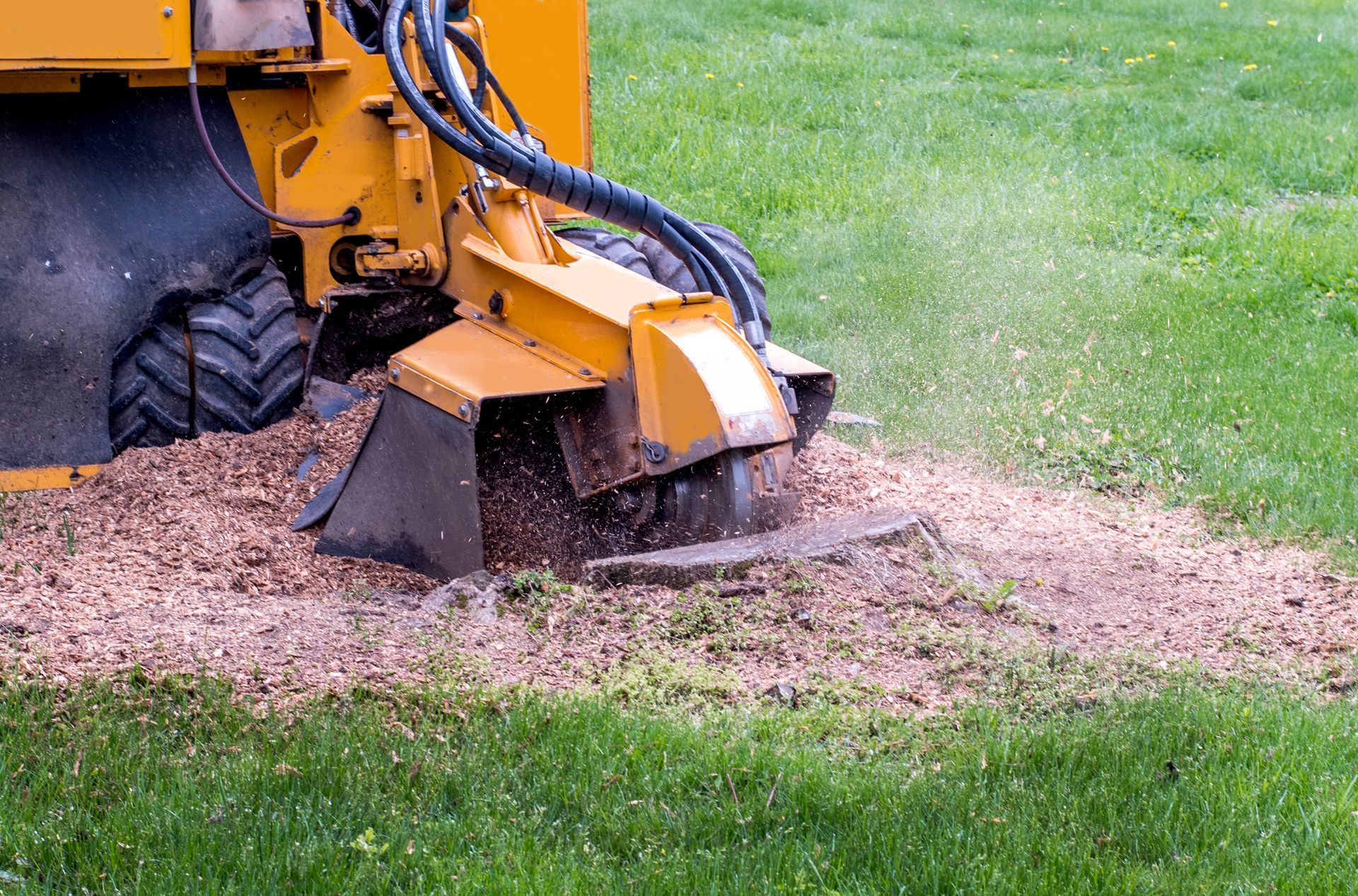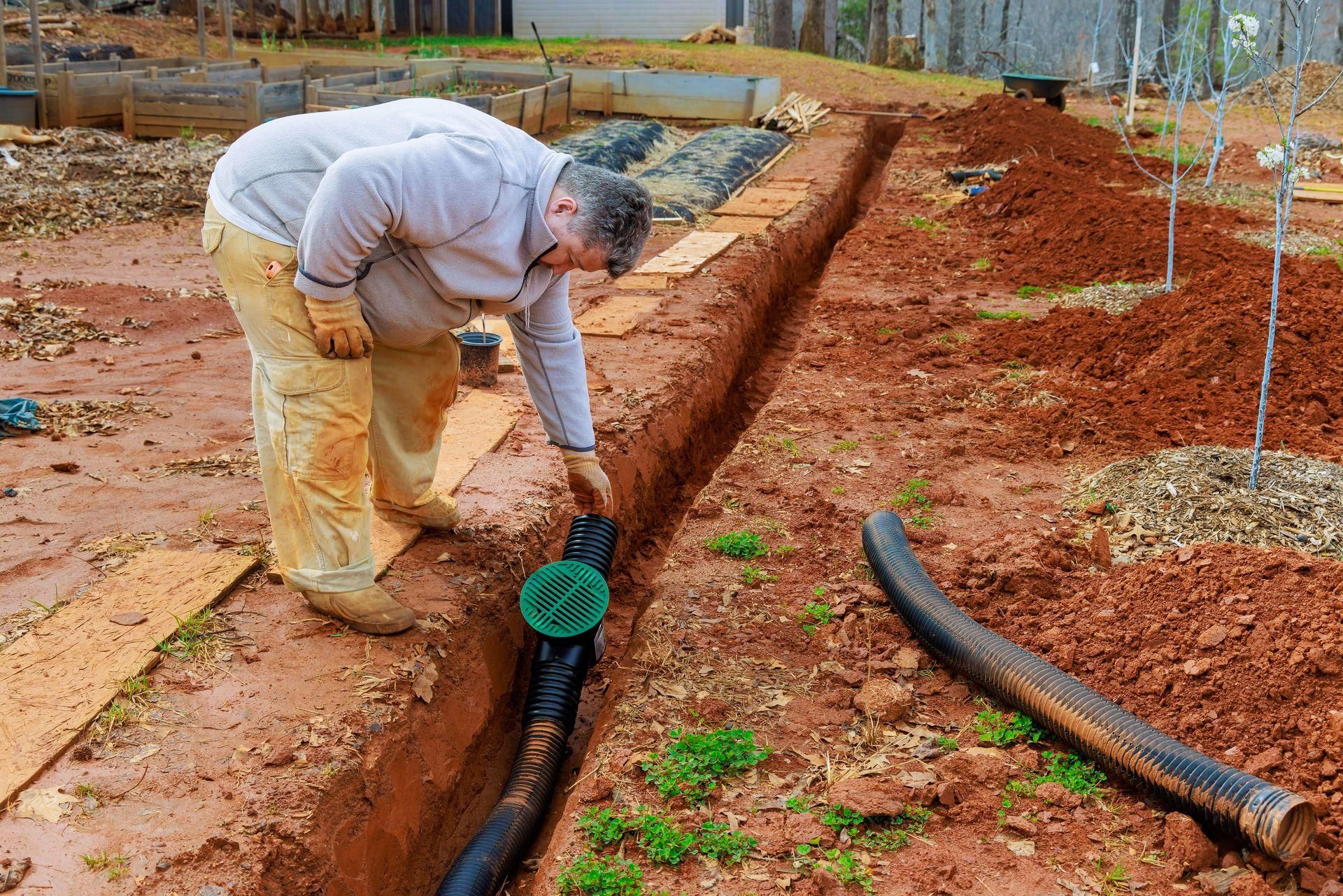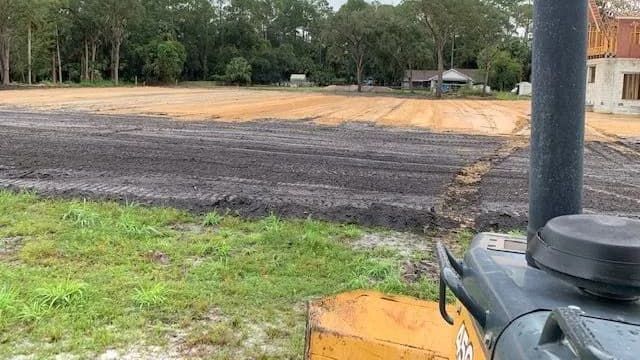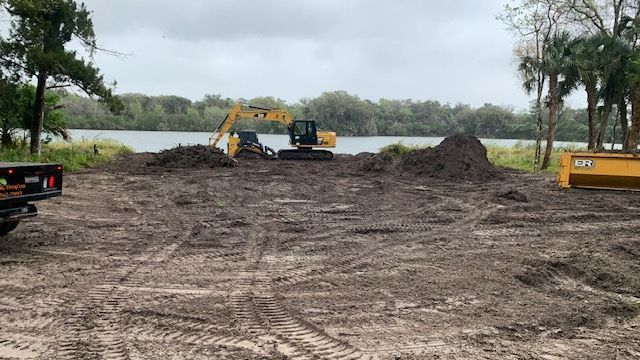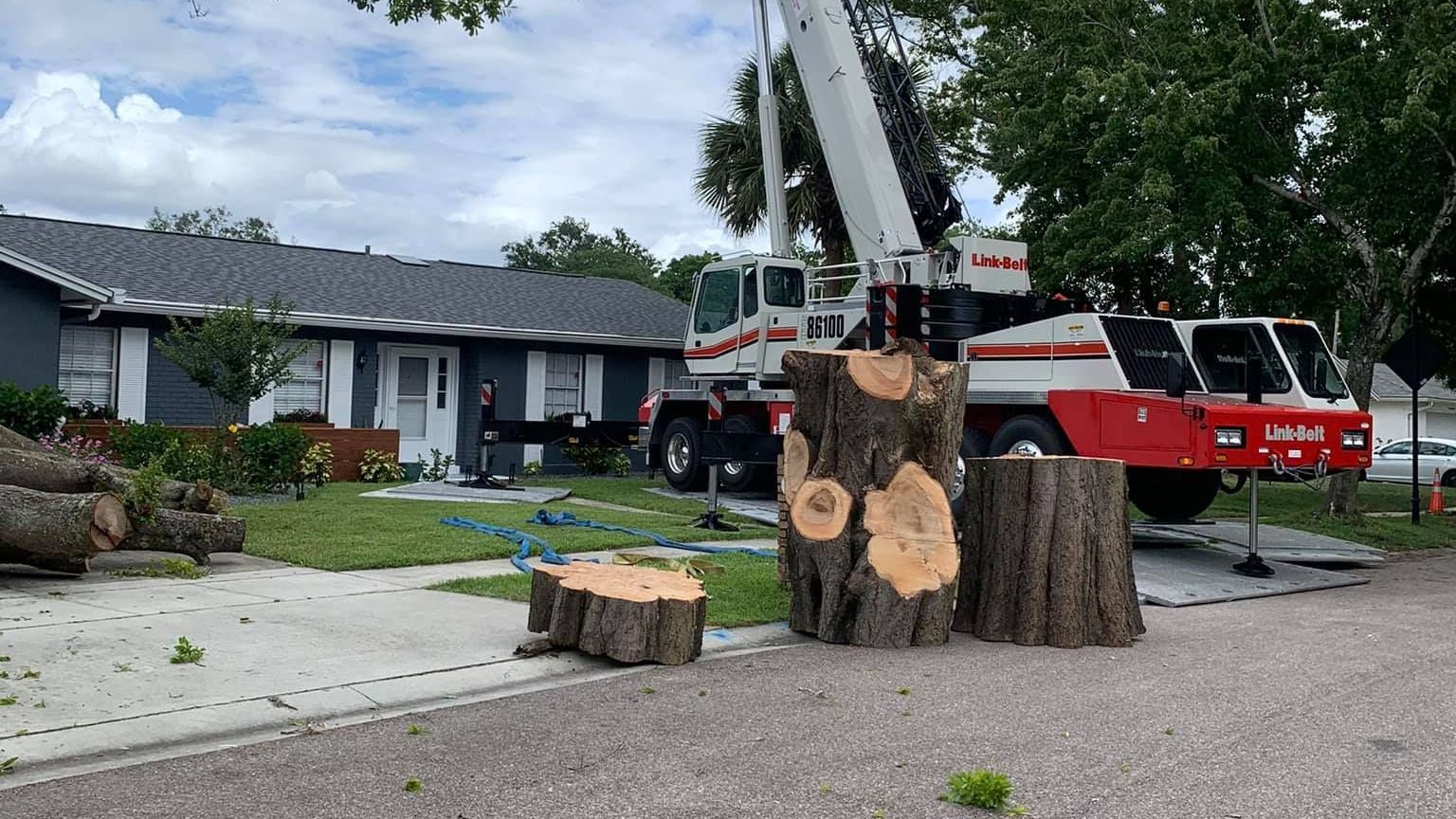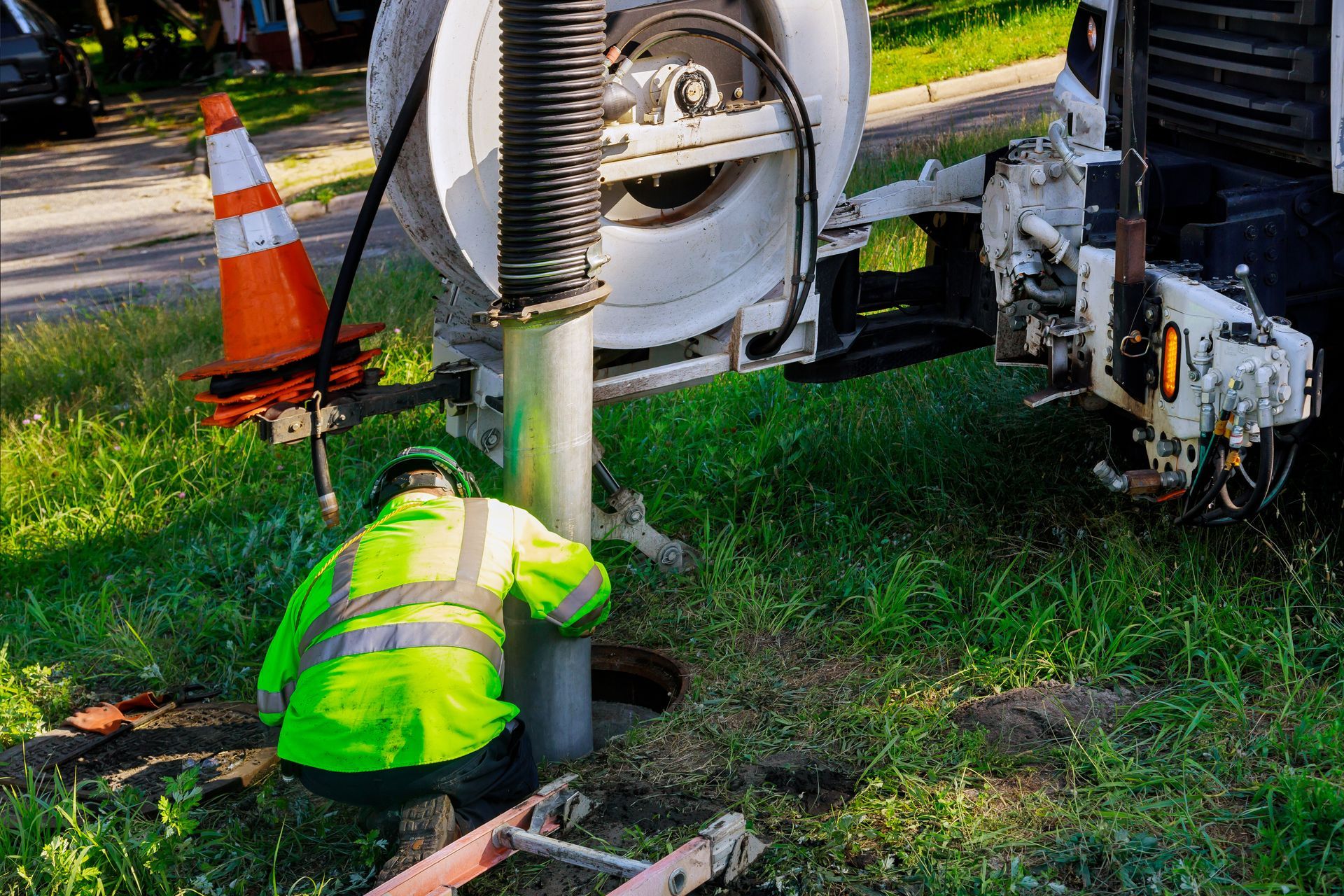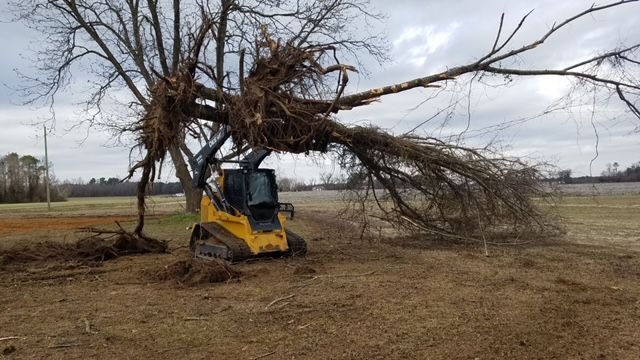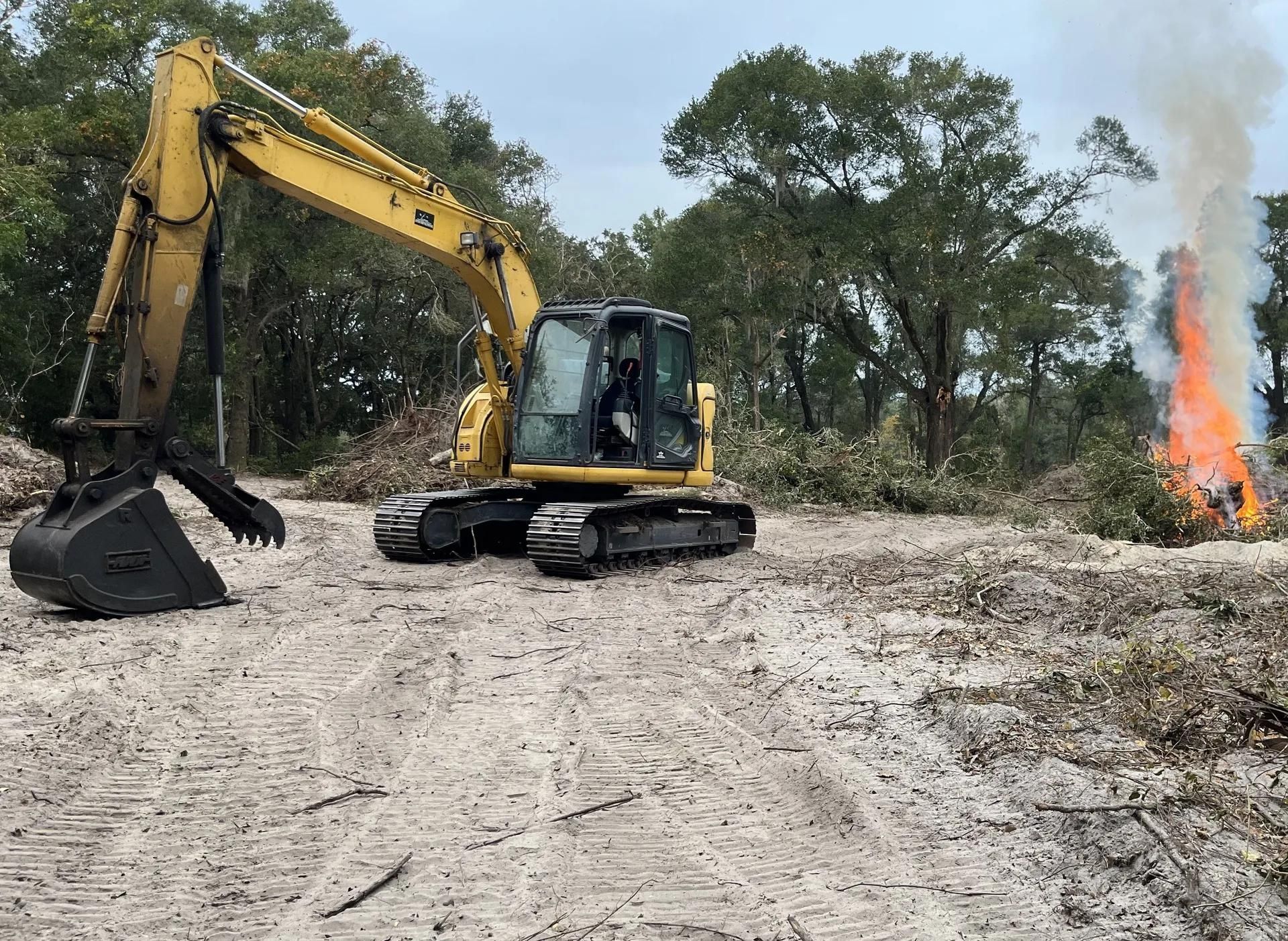Topsoil vs. Fill Dirt: Which One Do You Really Need?
You’re probably planning a yard project and wondering if you need topsoil or fill dirt. I used to get confused, too, so I get it. The two might look similar, but they’re not used the same way.
If you pick the wrong one, you could waste time and money and make a mess. I’ll walk you through what each one is for, how they’re different, and how to choose the right one for your job.
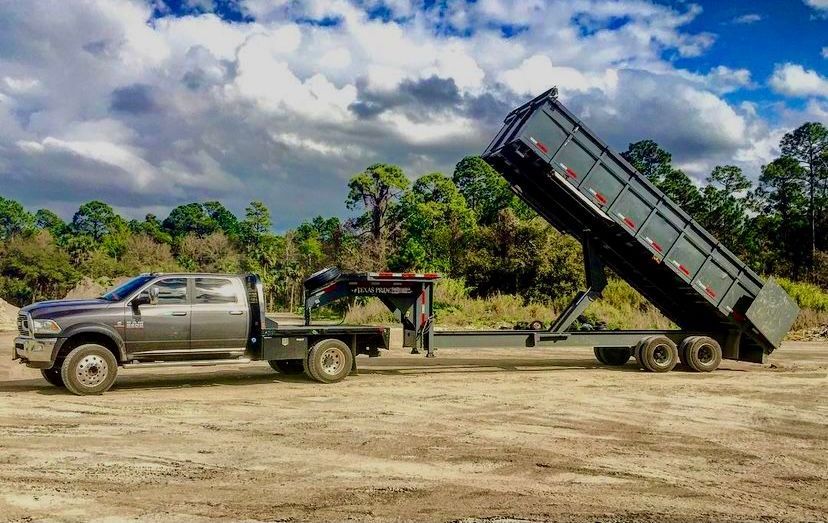
What is Topsoil
Topsoil is the top layer of the ground, usually the first 2 to 8 inches. It’s rich in nutrients, dark in color, soft to the touch, and full of life.
That’s why plants grow best in it.
- Building up garden beds
- Planting trees, flowers, or vegetables
- Spreading over bare patches in your yard
Topsoil is not stable enough to build on. It shifts, holds moisture, and breaks down over time.
What is Fill Dirt
Fill dirt comes from deeper underground. It doesn’t have much organic material and isn’t good for growing things, but it’s solid and reliable.
Fill dirt is used for:
- Filling in holes and low spots
- Leveling land before concrete or pavers
- Raising the grade near foundations
- Building berms or backfilling retaining walls
Fill dirt stays compact, which makes it perfect for construction and support.
Topsoil and Fill Dirt Are Not the Same
Here is a simple way to look at it
| Feature | Topsoil | Fill Dirt |
|---|---|---|
| Organic Matter | Yes | No |
| Use | Growing plants | Building and leveling |
| Texture | Soft | Firm |
| Water Hold | Yes | Not as well |
| Cost | Usually more | Usually less |
Topsoil feeds plants. Fill dirt builds up the ground. That’s the biggest difference.
Which One Do You Need
If you are planting anything, use topsoil. It feeds the roots and holds water.
If you are filling in holes or getting ready to build, use fill dirt. It gives a strong base and will not move around. For some projects, you may need both. Fill dirt underneath to build the base. Then, you can add topsoil on top so plants can grow.
Mistakes to Avoid
Here are some things you want to avoid
- Planting directly into fill dirt
- Building on soft topsoil
- Skipping screening (rocks, roots, or trash in the dirt)
- Not compacting fill dirt before building on it
- Adding topsoil too thin over fill, which can dry out or blow away
Double-check the purpose of your project before you order. It makes a big difference.
Tips for Buying the Right Dirt
Ask these questions when buying soil
- Is the topsoil screened to remove rocks and roots?
- Is the fill dirt clean and free of debris or trash?
- How much will I need based on square footage and depth?
Good suppliers will help you figure this out if you explain what you're doing.
If they don’t ask questions or give suggestions, call someone else.
Also, if your project includes clearing or hauling away dirt before you start, understanding how dirt removal works can save you time and extra costs.
Dirt removal and site clearing often go hand-in-hand with fill and topsoil delivery.
Frequently Asked Questions
Can I plant grass in fill dirt
No. Fill dirt does not have what grass needs to grow well
How deep should topsoil be for a law
Four to six inches of topsoil is usually enough for grass to grow strong
Is topsoil more expensive than fill dirt
Yes. Topsoil costs more because it has nutrients and is often screened
Can I use topsoil to fill low spots
You can, but it might sink over time. It is better to use fill dirt under it
What is screened topsoil?
Screened topsoil has been cleaned to remove rocks and roots. It is smoother and easier to spread
How do I know if I got the right dirt
Topsoil is dark and crumbly. Fill dirt is lighter and may have more clay or sand in it
Hope this helps
Choosing the right soil matters more than most people think.
It affects how well your plants grow and how strong your structures stay.
If you’re planting, go with topsoil. If you’re leveling or prepping for hardscaping, go with fill dirt.
Not sure what you need? Top’em and Drop’em Tree Solutions and Land Management can help you figure it out.
Still have questions? Contact Us and we’ll help you get the right dirt for your project.
